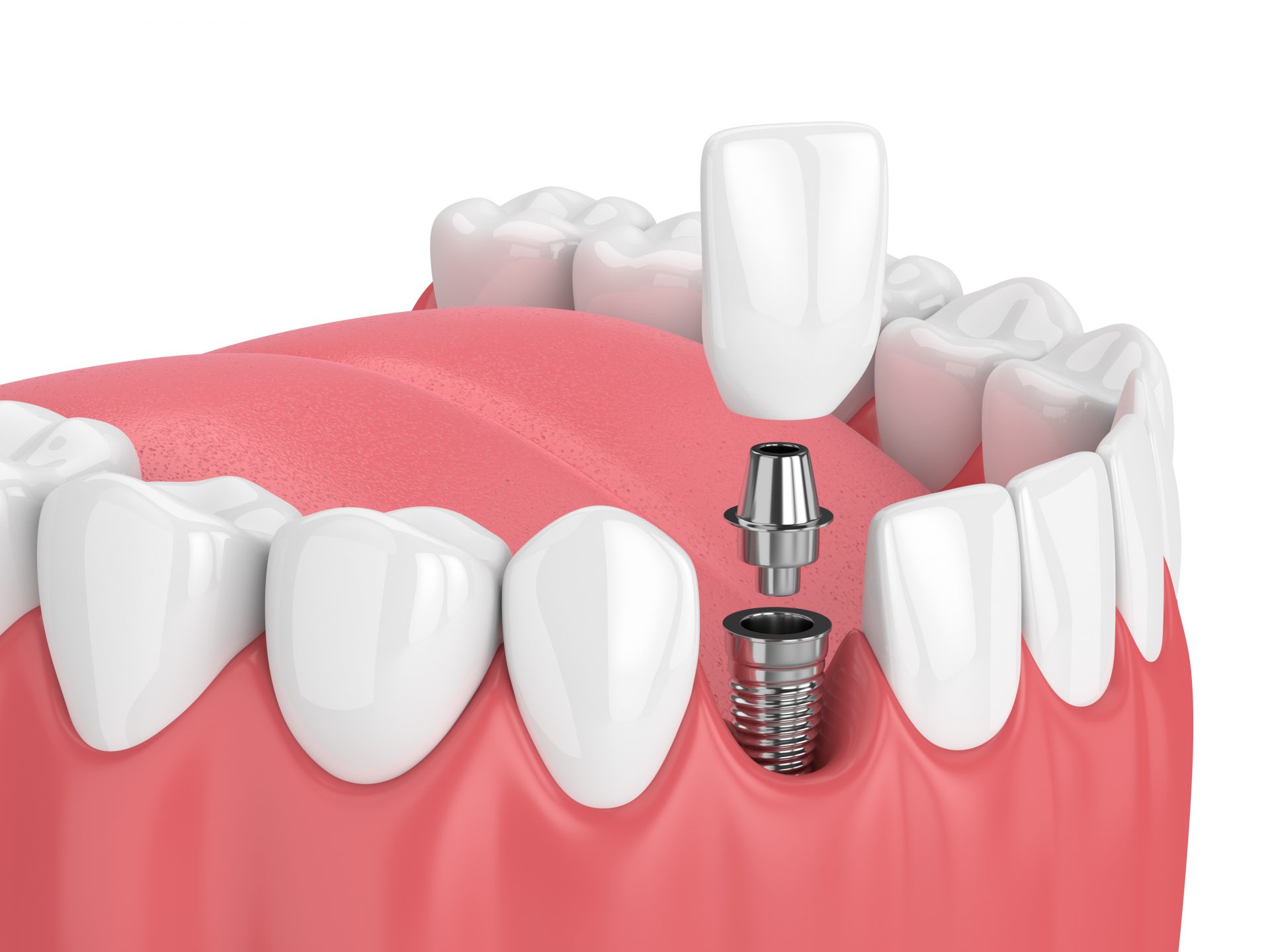A month ago, we were talking about new techniques to make placing dental implants quicker and easier for the patient. Dr. Trujillo, a Phoenix Periodontist, has been studying advancements in technology very closely. One of the newest ways we have been placing implants is through a process called Guided Implant Procedures.
The Planning Process
This process starts with models of the patient’s mouth and a full CT scan. The patient molds and scans are sent to a lab which is where the real magic begins. These dental labs work with Dr. Trujillo to plan the exact placement of each implant with the help of the full 3-dimensional CT scan. This is difficult to do with a 2-dimensional X-ray because you can’t determine the quality of the patient’s bone. Adequate bone is essential to placing a stable implant. Certain landmarks can make this planning difficult, such as the sinus (if you’re placing implants on the top), nerves (especially working on the bottom), or even the adjacent teeth. With the CT scan, we can locate the most accurate spot to place each implant, without damaging surrounding areas.
The Procedure
Once the planning is complete, the lab will create a “guide” that fits the patient’s mouth and has little access holes indicating where to place each implant. After numbing the patient, we use a series of slow drills through those access holes to maintain the accuracy of the placement. The lab will determine exactly what size implant to place in each site. These guides are so precise that they even have a stopper to prevent the drill from going too far. You literally can not mess this up!
While it may seem more invasive, this guided surgery eliminates any guessing. Our patients love it because it requires less time in the chair and less trauma to the mouth. These guided implants are becoming more and more popular in our office and it is so easy to see why.





